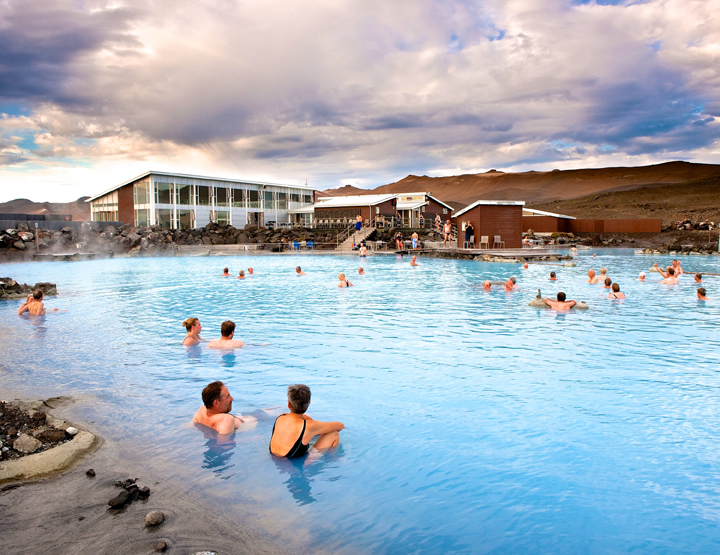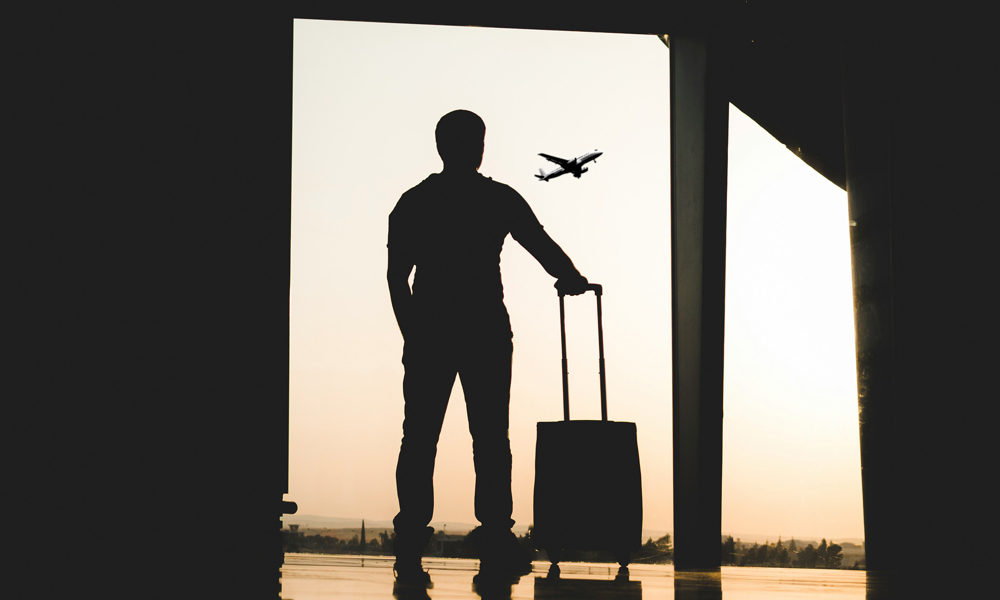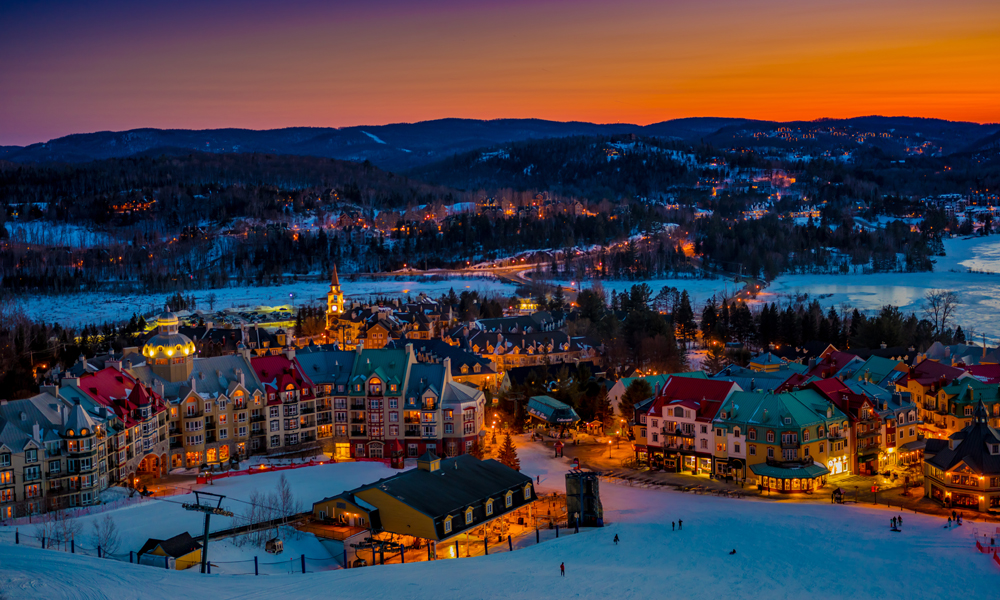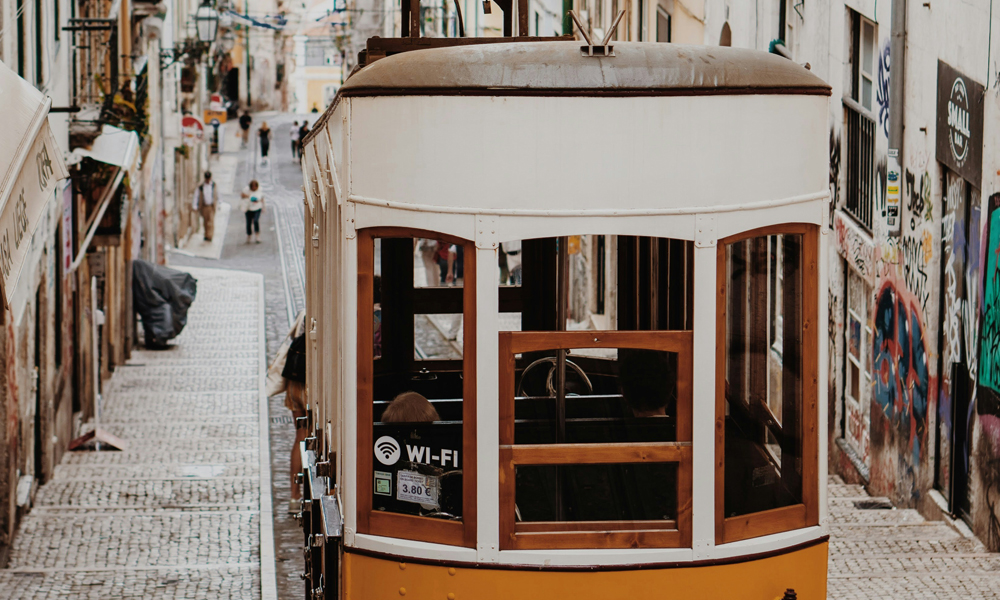It’s just so impossibly cool. While there’s no way to measure it, the hip factor in Iceland is extremely high. Couple that with the steady stream of visiting Europeans of all stripes, just hanging out or there on business, and you’ve got the one of the coolest café society melting pots in the world.
Reykjavik (population 330,000) stands as a true European cultural capital, while still maintaining a small-town feel. Be assured everyone knows each other’s business. And like a lot of smaller cities, the gay scene is scattered among the other tiny bars and restaurants on the main strips, with the weekend dance parties coming and going. Your best bet is upstairs at Kiki Queer Bar on Laugavegur, which gets crowded surprising fast – almost like someone flipped a switch and two busloads of people show up. The same goes for the straight(er) Kaffibarinn on Mioborg.
During the daytime, start your adventuring in the Old City and work your way out. Reykjavik is full of art, with coffee bars and cafés providing the pit stops. Put the Icelandic Phallological Museum on your selfie shot list as well, the world’s only museum dedicated to mammal penises – at 215 and counting.
For 2016, there are a number of events to anchor your trip, including the massive Reykjavik Art Festival also May. June and July see a half dozen really good music festivals from classic to electro and back again. For the runners, the Laugavegur Ultra Marathon in July is an extremely challenging 55 km trail in the southern highlands through rugged areas of incredible landscape, and the Reykjavik Marathon in August will see more than 14,000 runners this year.
Hooking your visit to Iceland Gay Pride, every second weekend of August, could only be a good idea (visit GayPride.is).
Step outside your culinary comfort zone. “You eat rotten shark – on purpose?” we teased tour guide Gisli Runar. Hakarl is one of Iceland’s national dishes, fermented sleeper shark that’s cured, then hung to dry for five months. This long prep stage removes the toxins from the fish, making it edible. That doesn’t, however, make it smell any better. Chef Anthony Bourdain thought it was the single, most disgusting thing he has ever eaten. We passed.
Happily, many palatable examples of great food can be found at every turn, including other, less smelly dried fish you buy at the corner market and eat like potato chips. Make sure skyr is on your list of things to taste – a mild, strained yogurt, served cold with milk and sugar. Icelanders have been eating it for 1,000 years. Keep an eye out as well for the medicinal herb angelica, sort of like a wild celery, used to flavour salads, side dishes and meats – even desserts.
Iceland’s top chefs are currently on the road to reinventing the national cuisine, embracing traditional foods and giving them a modern twist. Reykjavik’s Dill Restaurant is one of those at the forefront of this new wave, with things like geothermally baked rye bread, salted cod, goose breast and incredible cheeses underlining the food heritage.
The more casual Grill Market is another Reykjavik highlight, getting solid reviews from food-savvy visitors. Grilled monkfish skewers, rack of lamb, grilled red fish, big steaks and puffin sliders (not kidding) top the menu here.
Head for the hills. The cities are great fun, but time spent in the countryside will be what you talk about most when you get home.
Iceland is the closest the Earth will ever get to looking like the moon. Sweeping beauty is absolutely everywhere, from the moss-covered lava fields on your way into town from the airport to volcanic craters in the north. There is such a variety of breathtaking geology, you will find it hard to pick which tours to take. There’s something for all interests and fitness levels, from day trips to overnights, from glamping to, well, just camping. The big 4 x 4 trucks that take you out onto the glaciers have a Mad Max meets Monster Truck feel to them, with a closed-circuit CB radio linking you to the other vehicles in your convoy – like a multi-car roadtrip.
Thingvellir National Park touts itself as the birthplace of parliament, which is what its name means – “parliament plains.” A general assembly of the nation’s leaders was established in 930 AD and continued to 1800. Carrying on eastward, be sure to include the Geysir at Stokkur among your stops. It erupts every six minutes, shooting hot water 70 metres into the air.
If you’ve got the time, the hiking trails in Vatnajökull National Park could keep you busy for weeks. The glacier ice caves of Kverkfjoll are a marvel, formed by geothermal heat from volcanic vents underneath the ice. Jökulsárlón Lake on the south coast of the park is filled with icebergs making their way to sea. Take a portable battery to recharge your camera: You’re going to need it.
Set your sights on the northern lights. With 22 hours of sunlight in June and only four in December, you’d think tourism in Iceland would suffer in the winter – and you would be wrong. September through April is Northern Lights season, where people stream to the northern city of Akureyri to watch the aurora borealis dance, sometimes all night.
This little university town tucked into the base of Island Fjord, the longest in the country, is the perfect home base for catching this shimmering light show. It is also home to one of the best swimming-pool facilities in all of Europe, the award-winning Akureyri Thermal Pool, located across the street from the Icelandair Hotel, where you will very likely be set up. Seven nearby ski resorts are open from November to May to keep the skiers happy.
The geographical anomalies that dot this region are also a major draw, a veritable freak-show of sprawling waterfalls, volcanic oddities and geothermal go-sees. In fact, the fumarole-pitted region of Myvatn was one of the backdrops for Star Wars: The Force Awakens. After you hike around crater ponds and explore lava ridges and caves, you can straddle the region’s giant fissure at the Grjótagjá Rift, standing with one foot on the Eurasian tectonic plate and the other on the North American plate. Worlds have literally collided here and it shows.
The Myvatn Nature Baths just east of the rift is a true delight; a man-made, mineral-rich, 36-degree hot spring pulling water from up to 2,500 metres below ground. Beautifully designed to blend into its natural surroundings, the spa overlooks majestic Lake Myvatn. Little pockets of intensely hot water certainly keep us moving, looking for the comfort zones. Be sure to throw yourself over the wall into the adjacent freezing cold lake for a little contrast.
And speaking of spas, a visit to Iceland is not complete without an hour or two in the famous Blue Lagoon on your way back to the airport. Mucking around in volcanic mud is the perfect way to say goodbye to this arresting and mesmerizing land – and your skin will thank you for it.
—
DOUG WALLACE is the editor and publisher of new travel resource, www.TravelRight.Today.






POST A COMMENT